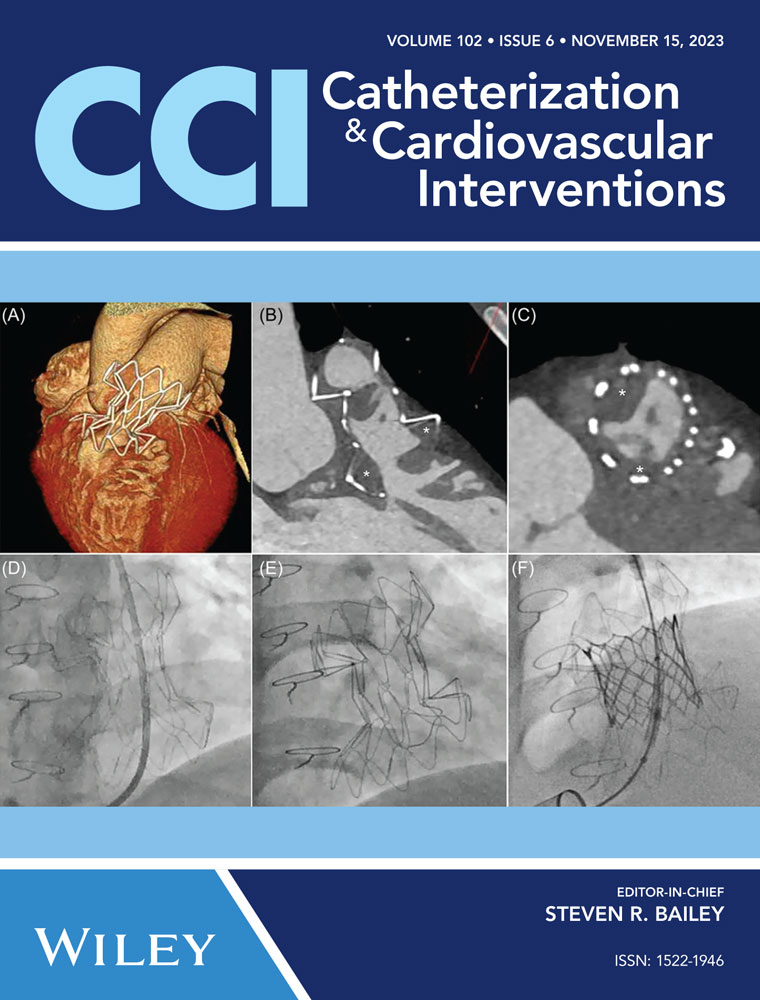Angiographic patterns of restenosis after drug-coated balloon angioplasty for femoropopliteal lesions and 1-year prognosis after repeat endovascular therapy
Abstract
Aim
The aim of the current study sought to investigate the angiographic patterns of restenosis after drug-coated balloon (DCB) angioplasty for femoropopliteal (FP) lesions and which repeat endovascular therapy (EVT) for DCB restenosis would provide more freedom from recurrent restenosis.
Methods
This retrospective multicenter study included 119 limbs (chronic limb-threatening ischemia [CLTI]: 55%, lesion length: 136.9 ± 89.6 mm, chronic total occlusion: 25%) of 95 patients (diabetes mellitus: 70%, hemodialysis: 56%) who were diagnosed with DCB restenosis between January 2018 and December 2019. The cases were classified into three groups based on angiographic patterns of restenosis: Class I: focal lesions ≤50 mm, Class II: diffuse lesions >50 mm, and Class III: totally occluded lesions. The DCB restenosis patterns and frequency and predictors of recurrent restenosis after repeated EVT (re-EVT) were investigated.
Results
The mean follow-up duration was 29.8 ± 9.5 months. Groups I, II, and III comprised of 30 (25.2%), 55 (46.2%), and 34 (29.0%) cases, respectively. The overall rate of 1-year freedom from recurrent restenosis was 58.2%. One-year rate of freedom from recurrent restenosis after repeat DCB was not statistically different from that after scaffolding (71.1% vs. 74.6%, respectively, p = 0.911); however, it was significantly better than that after noncoated balloon angioplasty (repeat DCB vs. noncoated balloon angioplasty: 71.1% vs. 25.7%, respectively, p < 0.001). Multivariate analysis demonstrated that CLTI (hazard ratio [HR]: 5.15, p < 0.001) and re-EVT with noncoated balloon (HR: 3.16, p < 0.001) were significantly associated with recurrent restenosis; however, Class III pattern of DCB restenosis was not associated with recurrent restenosis (HR: 1.04, p = 0.918).
Conclusions
This study revealed the angiographic patterns of restenosis after DCB therapy for FP lesions and the 1-year rate of recurrent restenosis after repeat revascularization. Repeat DCB therapy demonstrated acceptable 1-year recurrent restenosis rates.
CONFLICT OF INTEREST STATEMENT
The authors declare no conflict of interest.
Open Research
DATA AVAILABILITY STATEMENT
The data that support the findings of this study are available from the corresponding author upon reasonable request.




